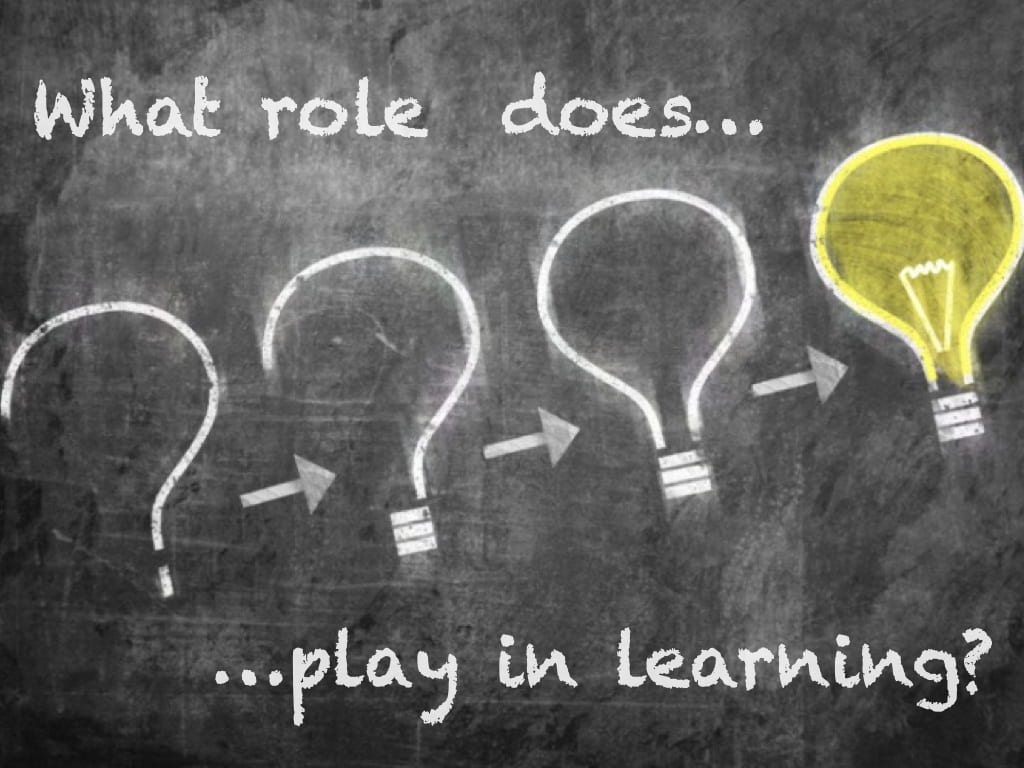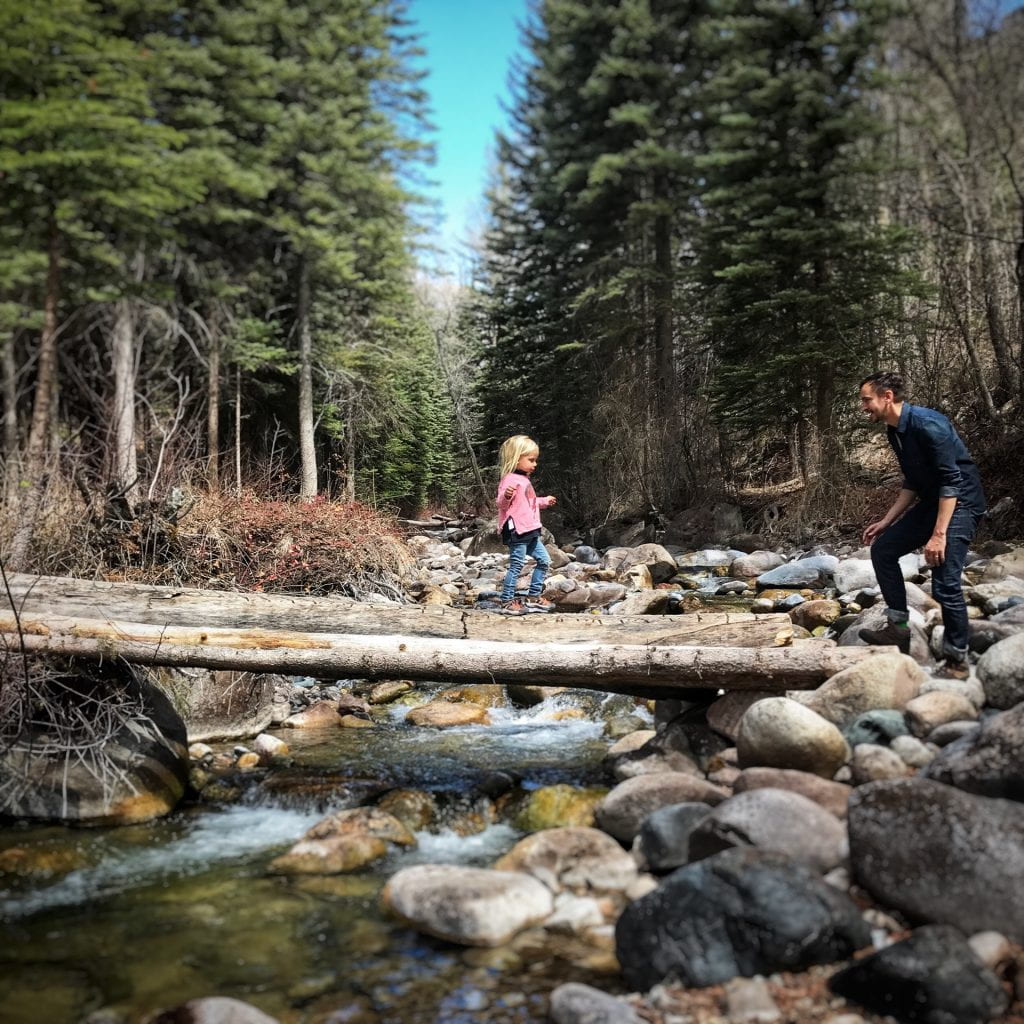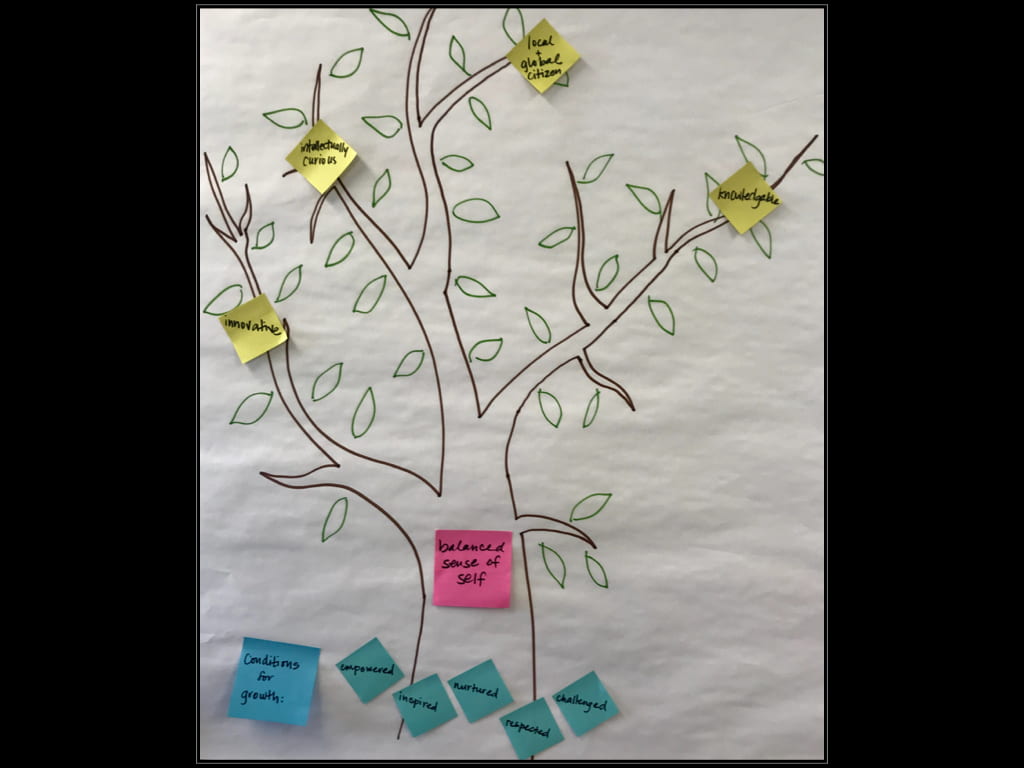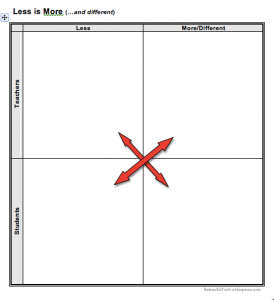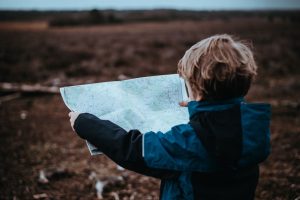
“Visualize a student you know – a child, relative, family friend, or student. And picture her as an adult in the world where only the most gifted and passionate have successful careers. The rest cobble together a living through part-time gigs. Struggle to pay bills. Hold off on having a family because of financial worries. Never build savings. Can’t retire at age sixty-five.
Now imagine this student with her own support team – resources that make her more productive than any adult was in 1980. With the productivity advantage, imagine what she can do – start a nonprofit, invent new products, discover cures, create dazzling art, contribute to her community or employer in a myriad of ways.
Today, motivated students can become experts in days, not weeks or years. They can ask questions to people all over the world and get answers in minutes. They can ask ‘dumb’ questions without risk of embarrassment. So what kind of classroom experience will be important to kids with this powerful support team? Sitting passively in a chair listening to someone lecture about content? Memorizing math formulas and science definitions? Memorizing names and dates of historical events? Worrying about the placement of accent marks when writing in a foreign language? These century-old classroom tasks are obsolete, and – other than inertia – there’s no reason for students to drill endlessly on things when, in the very best case, they’ll be “almost as good as a smartphone”.
While innovation poses challenges, it creates breathtaking opportunities. Our education system needs to help kids accelerate their potential in the innovation era, not hold them back. With well-designed pedagogy, we can empower kids with critical skills and help them turn passions in to decisive life advantages. The role of education is no longer to teach content, but to help our children learn – in a world that rewards the innovative and punishes the formulaic.” Wagner, T., & Dintersmith, T. (2015). Most Likely to Succeed. New York, NY: Scribner.
Traditional assessments might be an acceptable form of evaluation for more traditional tasks, such as memorization and comprehension, but they are decidedly less so for the powerful learning opportunities suggested by Wagner & Dintersmith. In the past, when and if assessment of application was done, it was most often project-based and all students were doing the same thing, or a one-off version of the same project.
Consider the story of the boys creating a new bike track, the NWEA story, the stop-motion video, or a different example from your own practice, as you grapple with and respond to the following questions:
- How will assessments have to change if the process is given the same value as the product?
- How will assessment have to change if students are doing different things, if the problem/challenge/project is truly unique or if students are digging into a new area of learning, exploration or discovery?
